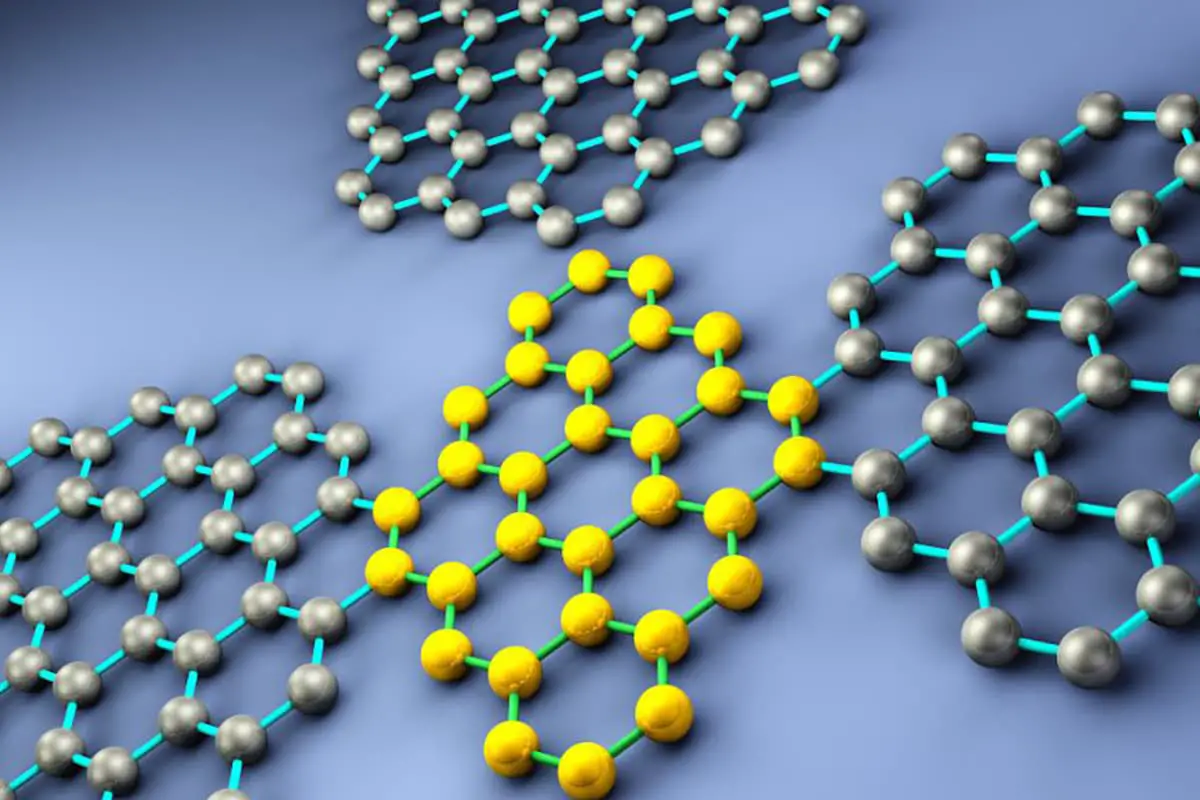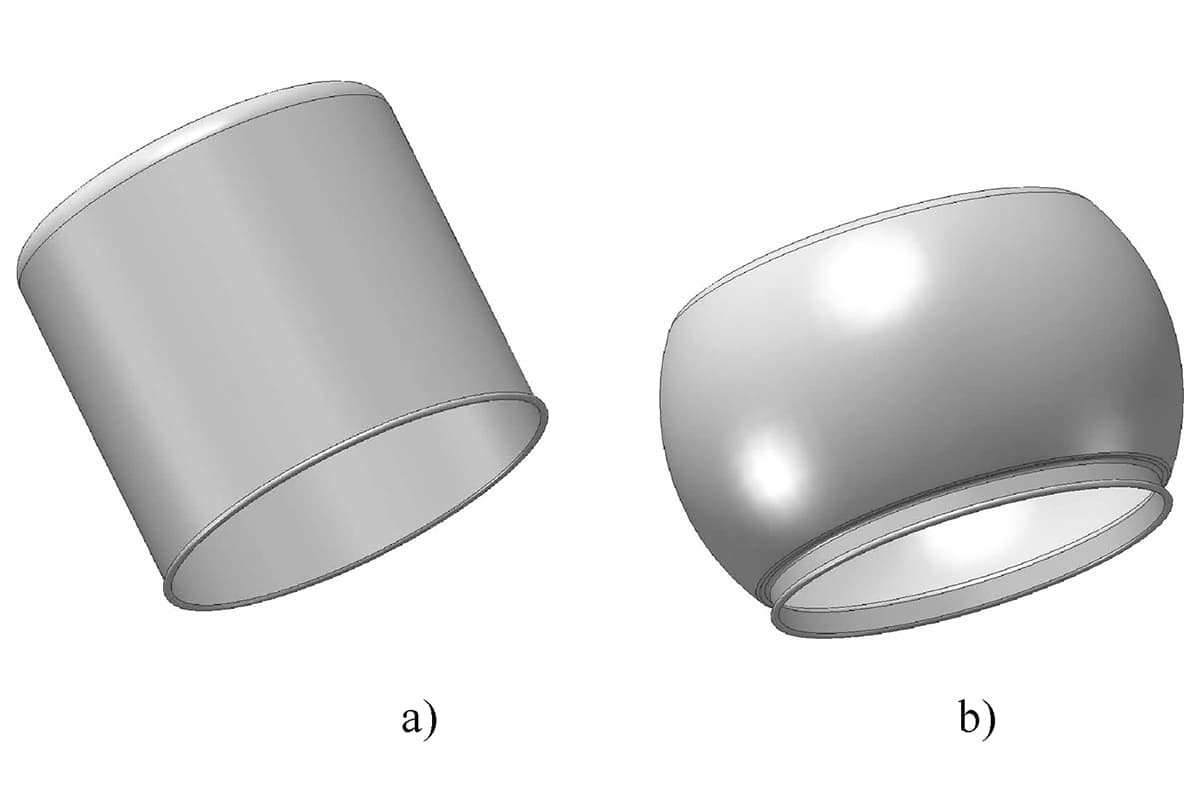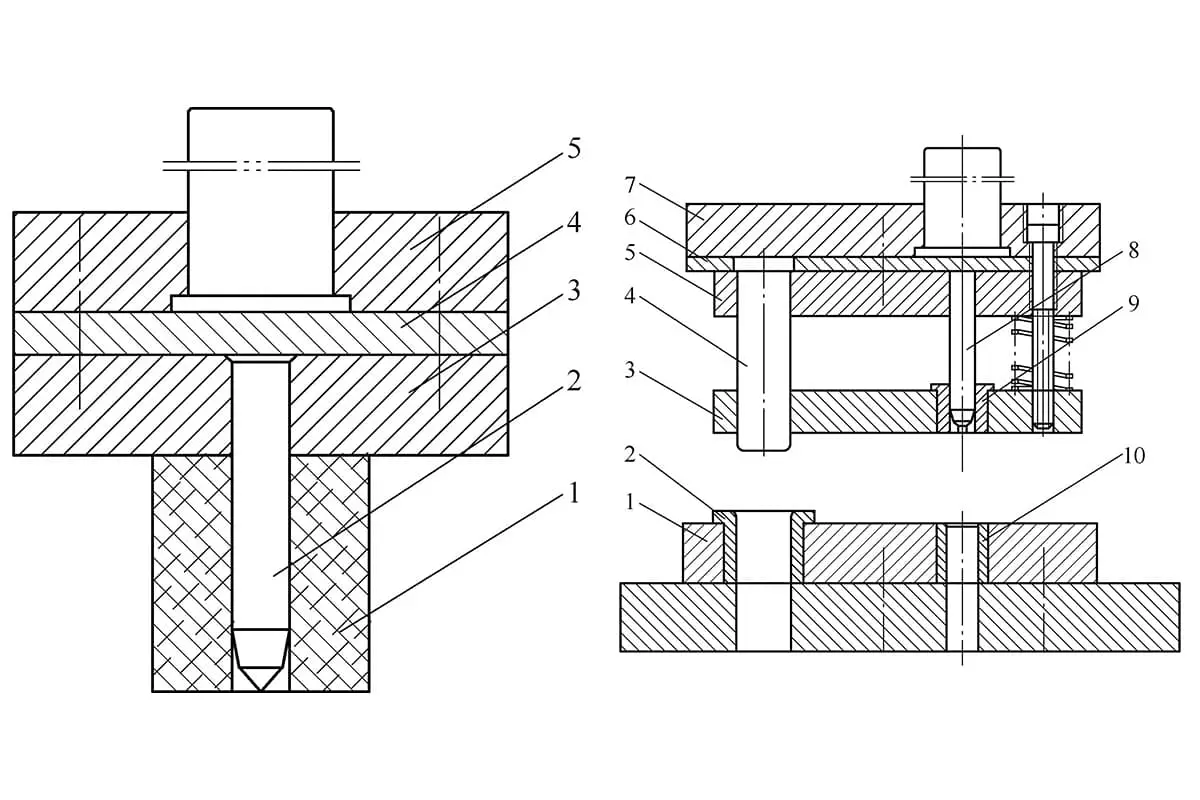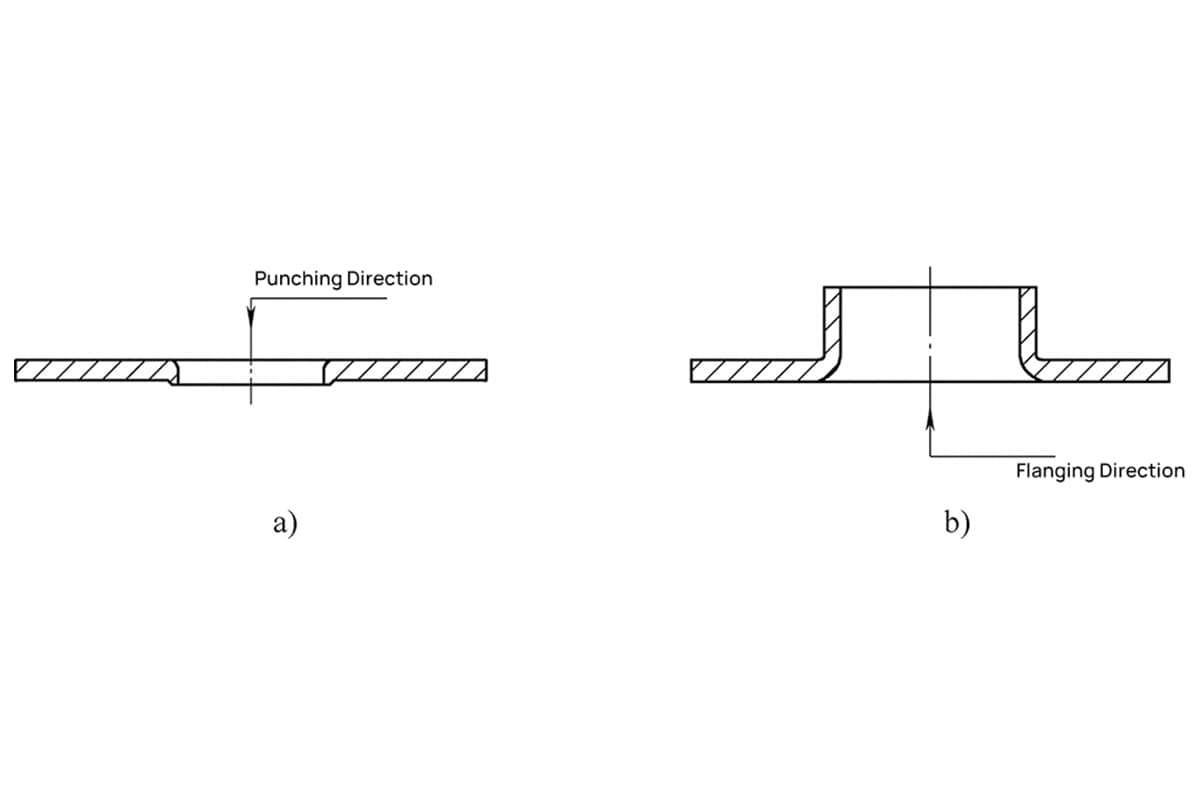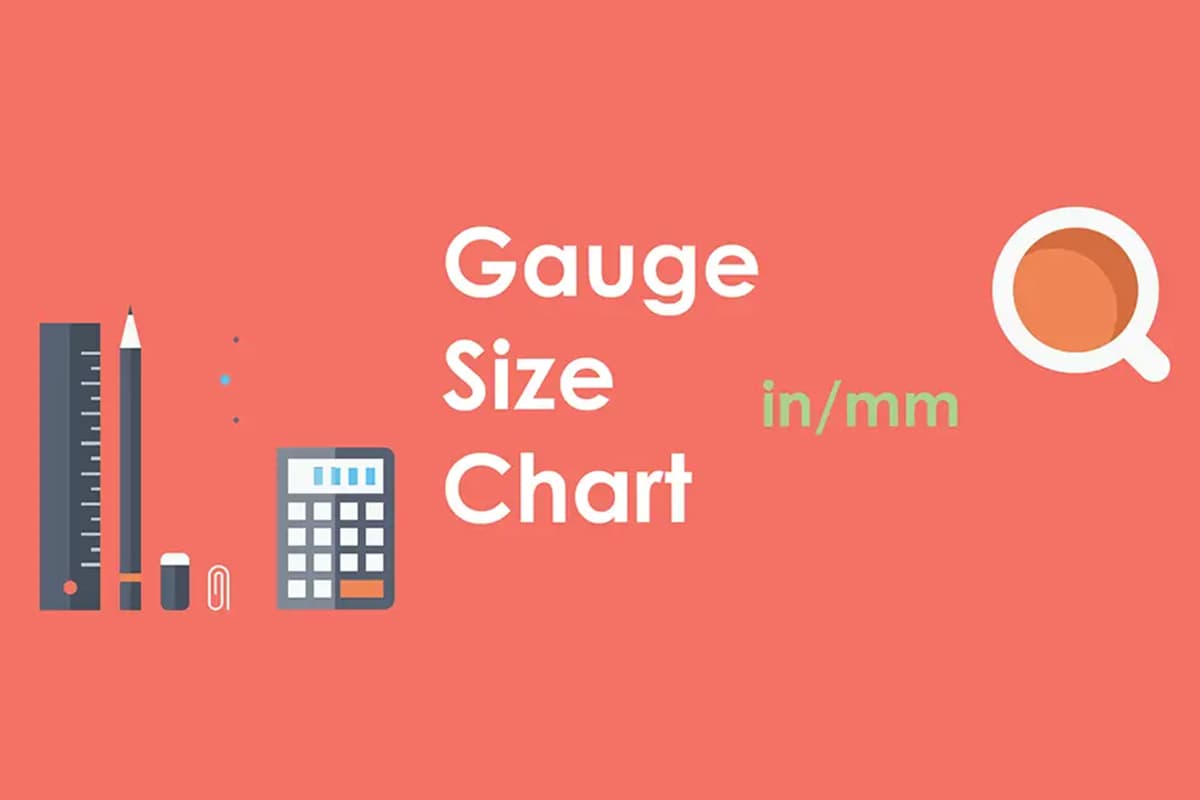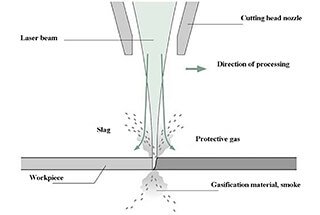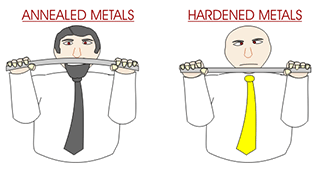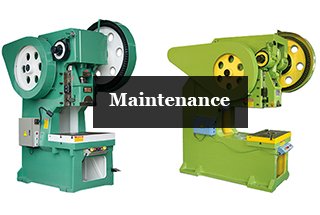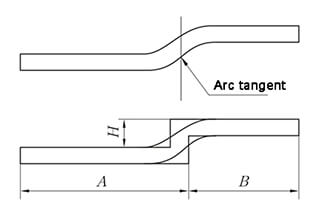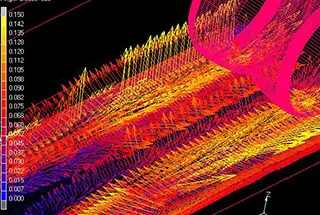
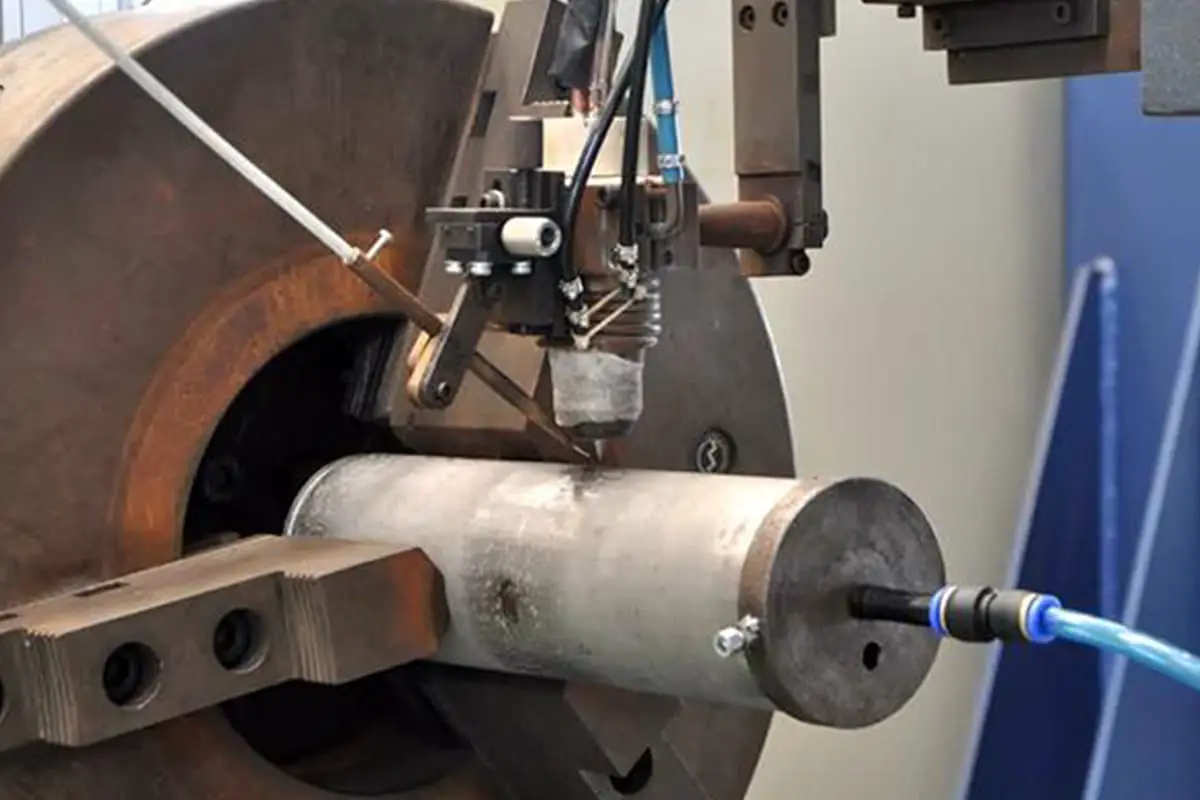
From the perspective of materials science, deep fusion welding refers to the metallurgical reaction of the welded metal on both sides, which is not very complete and the depth is not as deep as full penetration welding.
Full penetration welding means that the welded metal on both sides has completed a good phase change process, with a more uniform internal structure and fewer metallurgical defects.
Therefore, the strength of full penetration welding is better than that of deep fusion welding.

Fillet welding, deep fusion welding, and full penetration welding are the three most common forms of continuous fillet welds, with the type of bevel opening depending on the specific process, such as plate thickness, welding method, etc.
For DNV and LR, deep fusion welding does not require UT testing, while full penetration welding requires 100%.
Full penetration welding must clean the weld root to eliminate welding defects before backside sealing welding. Deep fusion welding does not require root cleaning on the backside, and whether or not to open the bevel is determined by plate thickness and fusion depth.
Generally, welding structures subject to dynamic loads must adopt full penetration welding because it effectively avoids stress concentration and improves the mechanical properties of the weld joint, unlike deep fusion welding.
From a strength perspective, generally, important structure joints require full penetration welding. If deep fusion welding can ensure weld strength, full penetration joints are typically not used.
Welding needs to ensure applicability, reliability, and also consider cost-effectiveness.
Compared with deep fusion welding, full penetration welding consumes more welding materials, increases worker intensity, and requires more subsequent inspections!
Deep fusion welding increases the joint’s fusion depth and is generally used when the welding angle of the fillet weld is too large (weld leg can be reduced by 15%-20%).
AWS defines deep fusion welding as partial joint penetration, while full penetration requires complete joint penetration, which AWS defines as complete joint penetration.
Sometimes deep fusion welding is represented by PP, full penetration by FP.
During welding inspection, the requirements for deep fusion welding and full penetration welding are different.
Deep fusion welding generally only requires airtightness testing, while full penetration welding requires both airtightness testing and MT or UT testing.
Now, it is generally required to open the bevel, only the size of the remaining root is different.
Full penetration welding generally leaves a root of 4, and the backside needs to clean the root; deep fusion welding generally leaves a larger root, and the backside does not need to clean the root.
The welding bevels are different, deep fusion welding (FULL PENETRATION) is generally a V-shaped cross-section, single-sided formation, leaving a root of 0~2mm, melting the root directly during welding, and the backside forming with a ceramic pad, often used for welding the deck plate to the main deck, and the slot type bulkhead lower seat to the inner bottom plate, etc.
Full penetration welding (DEEP PENETRATION) is generally a K-shaped cross-section, also Y-shaped cross-section, leaving a root greater than 3mm, double-sided welding, generally used for special requirement welding.

As the founder of MachineMFG, I have dedicated over a decade of my career to the metalworking industry. My extensive experience has allowed me to become an expert in the fields of sheet metal fabrication, machining, mechanical engineering, and machine tools for metals. I am constantly thinking, reading, and writing about these subjects, constantly striving to stay at the forefront of my field. Let my knowledge and expertise be an asset to your business.

